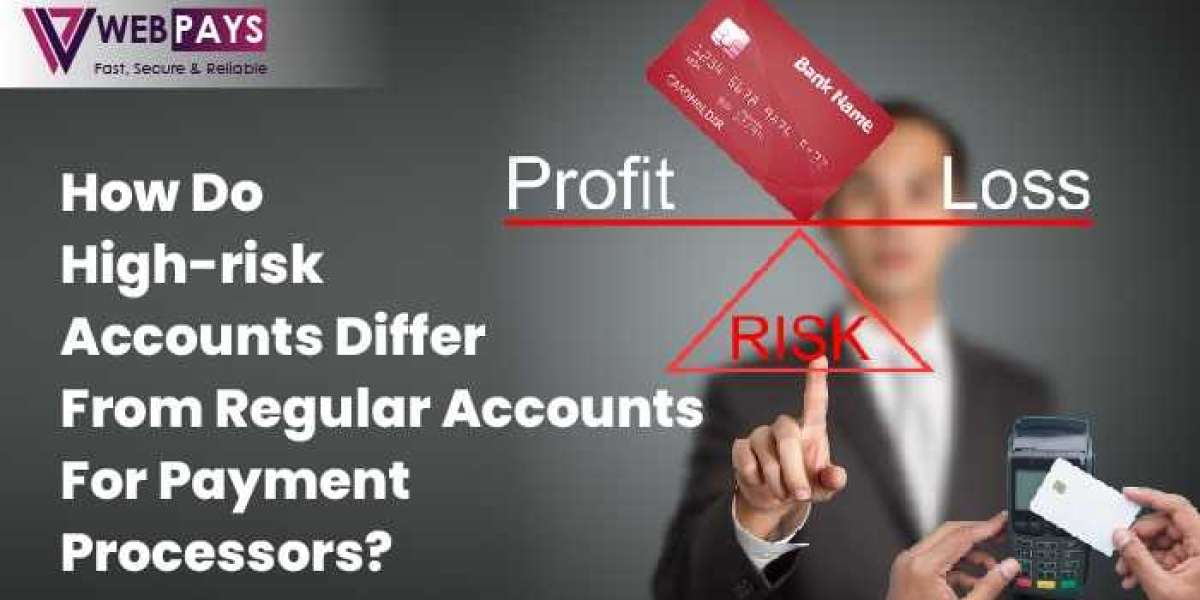Ever experience the thrill of a booming business, only to have your payment processor slam the brakes on your success? This sudden roadblock often stems from being classified as a high risk merchant. But what exactly does that mean, and how does it differ from a regular merchant account? In the world of online transactions, a merchant account acts as your business's bank account for credit card and debit card payments. Payment processors, like the gatekeepers of this financial realm, review applications and decide whether to grant you access. The key difference lies in their risk assessment.
Regular merchant accounts are typically offered to businesses deemed low-risk, with lower fees and a streamlined approval process. High-risk accounts, on the other hand, come with stricter scrutiny and potentially higher fees due to the perceived challenges they present for processors. Understanding this distinction is crucial for ensuring the smooth flow of your business finances. Let's dive deeper and explore the factors that separate these two account types, empowering you to navigate the processing maze and find the solution that keeps your business thriving.
High-Risk vs. Regular Accounts: Decoding the Factors
Risk Factors for High-Risk Accounts: In the realm of payment processing, "high-risk" refers to businesses that are perceived to have a higher likelihood of experiencing issues that could lead to financial losses for the processor. These issues can include:
- Industry Type: Certain industries are inherently considered high-risk due to factors like high chargeback rates, potential for fraud, or government regulations. Examples include adult entertainment, e-cigarettes, gambling, casino, and igaming etc.
- Chargeback Rates: A high number of customer disputes and chargebacks signal potential problems for processors. Excessive chargebacks can lead to hefty fines and even account termination.
- Transaction History: Limited business history or a history of account closures can raise red flags for processors, making it harder to establish trust and secure a regular merchant account.
- Business Model: Businesses with subscription-based models, recurring billing, or intangible products (e.g., digital goods) might be viewed as higher risk due to potential for customer dissatisfaction and disputes.
These factors increase risk for processors because they translate to a higher likelihood of financial losses. Chargebacks, fraud, and customer disputes all eat into a processor's profits.
Characteristics of Regular Merchant Accounts:
Regular merchant accounts offer a smoother path to accepting credit card payments, typically with:
- Lower Fees: Processors charge lower fees for regular accounts due to the perceived lower risk involved. This can include lower transaction fees, monthly fees, and statement fees.
- Easier Approval Process: Applications for regular accounts are generally less complex and have a faster approval turnaround time.
- Wider Range of Processors: More payment processors offer regular merchant accounts, giving businesses more options when choosing a provider.
Industries typically considered low-risk include retail stores, restaurants, clothing stores, and other established businesses with a proven track record and low chargeback rates.
The Approval Process: Regular vs. High-Risk
The application and approval process can differ significantly for regular and high-risk accounts. Regular accounts often involve a simpler online application with minimal documentation requirements. Approval can happen within a few days. For high-risk businesses, the process might be more rigorous. Additional documentation, such as detailed business plans, financial statements, and higher reserves might be required to demonstrate financial stability. Approval times can also be longer, potentially taking weeks or even months. While less common, there might be some room for negotiation on terms for high-risk accounts, such as increased security deposits or higher processing fees.
How To Manage High-Risk Account?
So, your business falls under the "high-risk" umbrella. Don't fret! Here's how you can not only manage your account but potentially improve your risk profile:
Minimize Risk, Maximize Success:
- Prioritize Customer Satisfaction: Excellent customer service is key. Address inquiries promptly, offer clear return policies, and ensure a smooth customer experience. Happy customers lead to fewer chargebacks and disputes.
- Embrace Fraud Prevention: Implement robust security measures like address verification, CVV checks, and risk-scoring tools. This proactive approach demonstrates your commitment to mitigating risk.
- Transparency Builds Trust: Be upfront with customers about your products or services. Clearly outline pricing, terms, and cancellation policies to avoid misunderstandings. Transparency fosters trust and reduces the likelihood of disputes.
Alternative Processing Solutions:
Traditional processors might be hesitant, but there are other options:
High-Risk Payment Processors: These specialists understand your industry's specific challenges and offer personalized solutions to manage your risk profile.
Payment Aggregators: Some aggregators cater to high-risk businesses, providing bundled solutions that include merchant accounts and other processing services.
3 Key Points To Choose The Right High Risk Payment Processor
- Industry Expertise: Look for a processor with experience handling businesses in your specific industry. They will understand your risk profile and offer relevant high risk merchant solutions.
- Transparent Fees: Beware of hidden fees! Ensure the processor provides a clear breakdown of their pricing structure. Don't hesitate to shop around and compare rates.
- Responsive Customer Support: Dealing with risk-related issues can be complex. Choose a processor with knowledgeable customer support who can address your concerns promptly.
By implementing these strategies and partnering with a reputable high-risk processor, you can effectively manage your merchant account and pave the way for continued business growth.
Conclusion
Understanding the nuances between regular and high risk merchant accounts is crucial for navigating the world of payment processing. While regular accounts offer lower fees and easier approval processes, high-risk accounts face stricter scrutiny due to perceived financial risks. Factors such as industry type, chargeback rates, and transaction history play significant roles in determining the best high risk merchant accounts solutions. However, with proactive risk management strategies and the right high-risk payment processor, businesses can effectively mitigate risks and pave the way for sustainable growth in the competitive market landscape.







